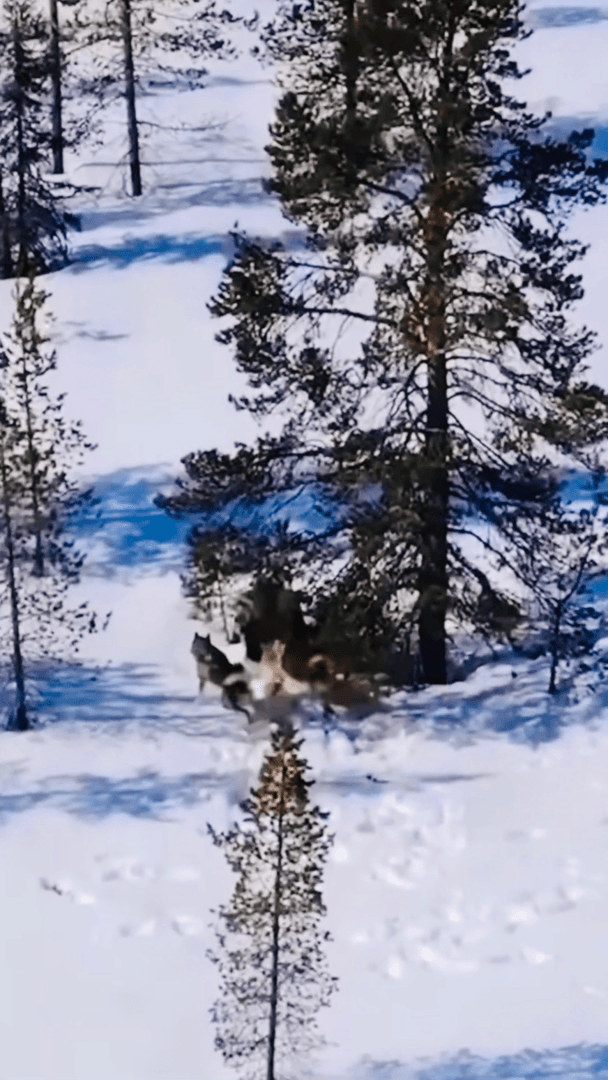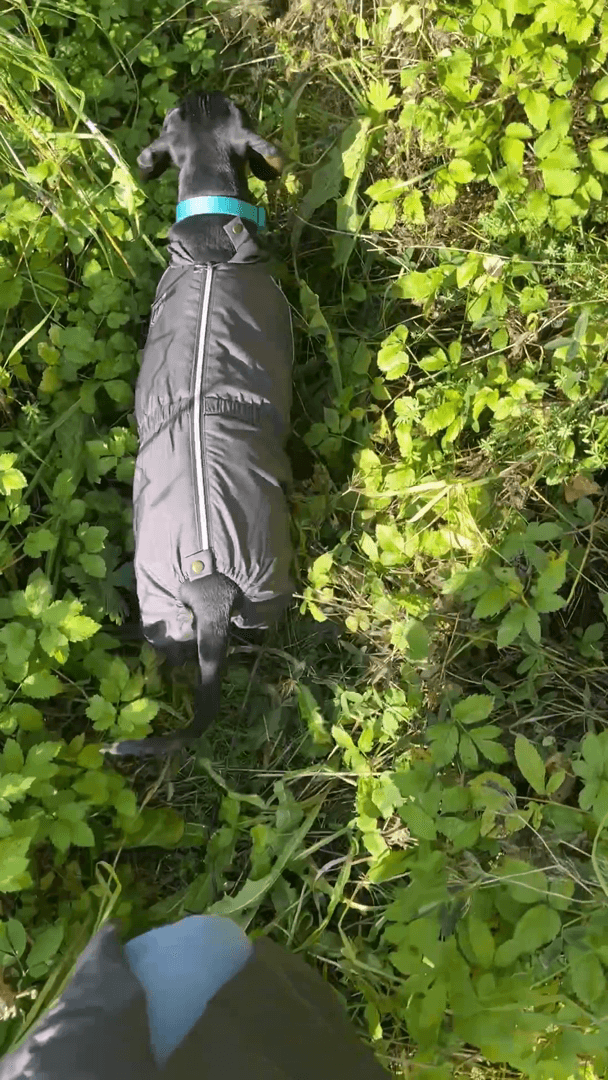
In general, the most common hunting dogs are scent hounds or gun dogs. Gun dogs: Often called bird dogs as that is their primary prey, these dogs also sometimes hunt smaller animals, such as rabbits. A gun dog is used to locate prey and flush it out for the hunter to shoot. The dog usually retrieves the quarry for the hunter. Scent hounds: This dog follows prey trails with its nose, making a lot of noise while running after it. The dog's calls enable the hunter to follow the trail even when the dog is out of sight. Some scent hounds focus on pursuing prey. Others are "treeing" dogs that chase the prey up a tree and wait at the base until hunters arrive.
Post: 31 May 15:58














































